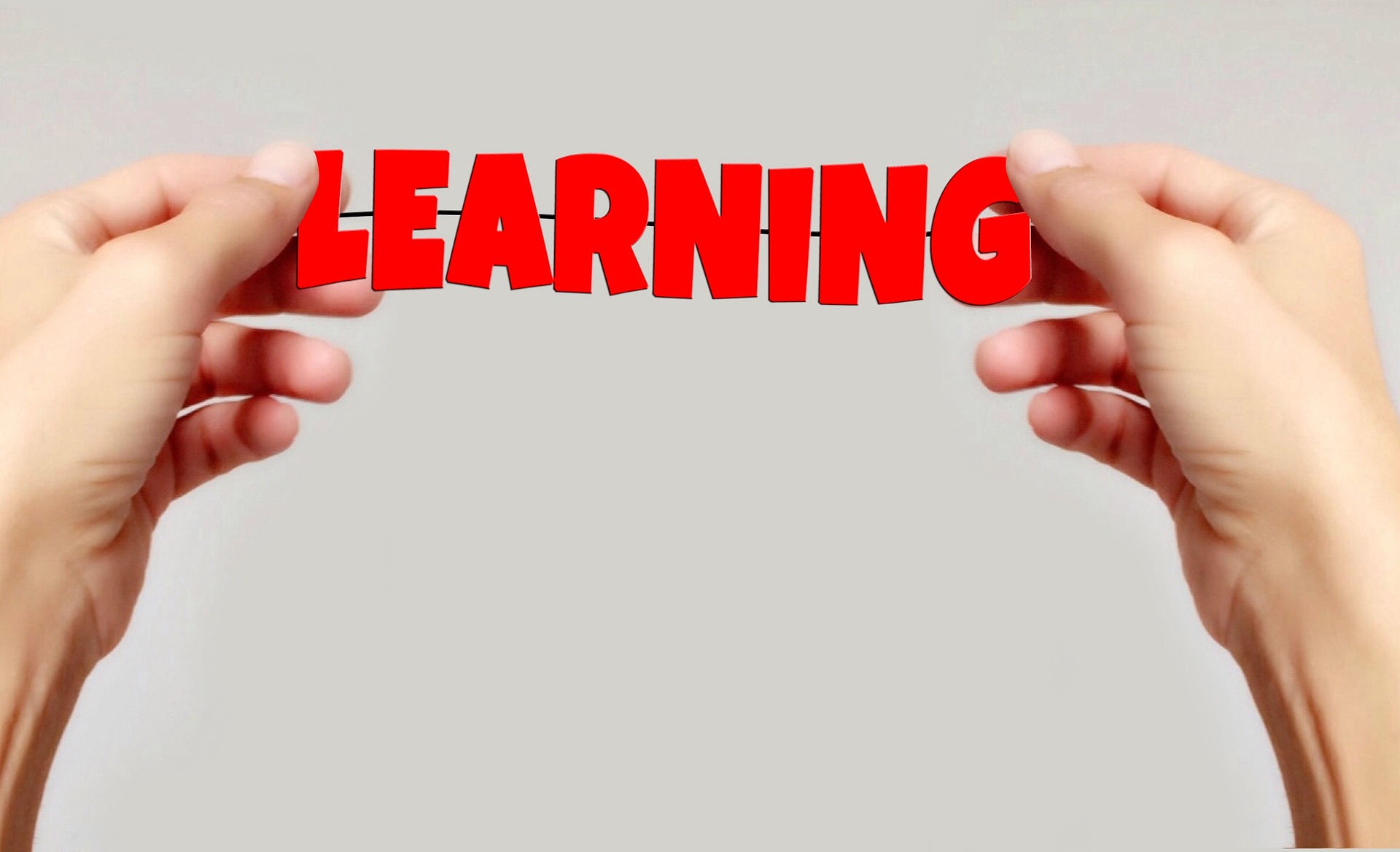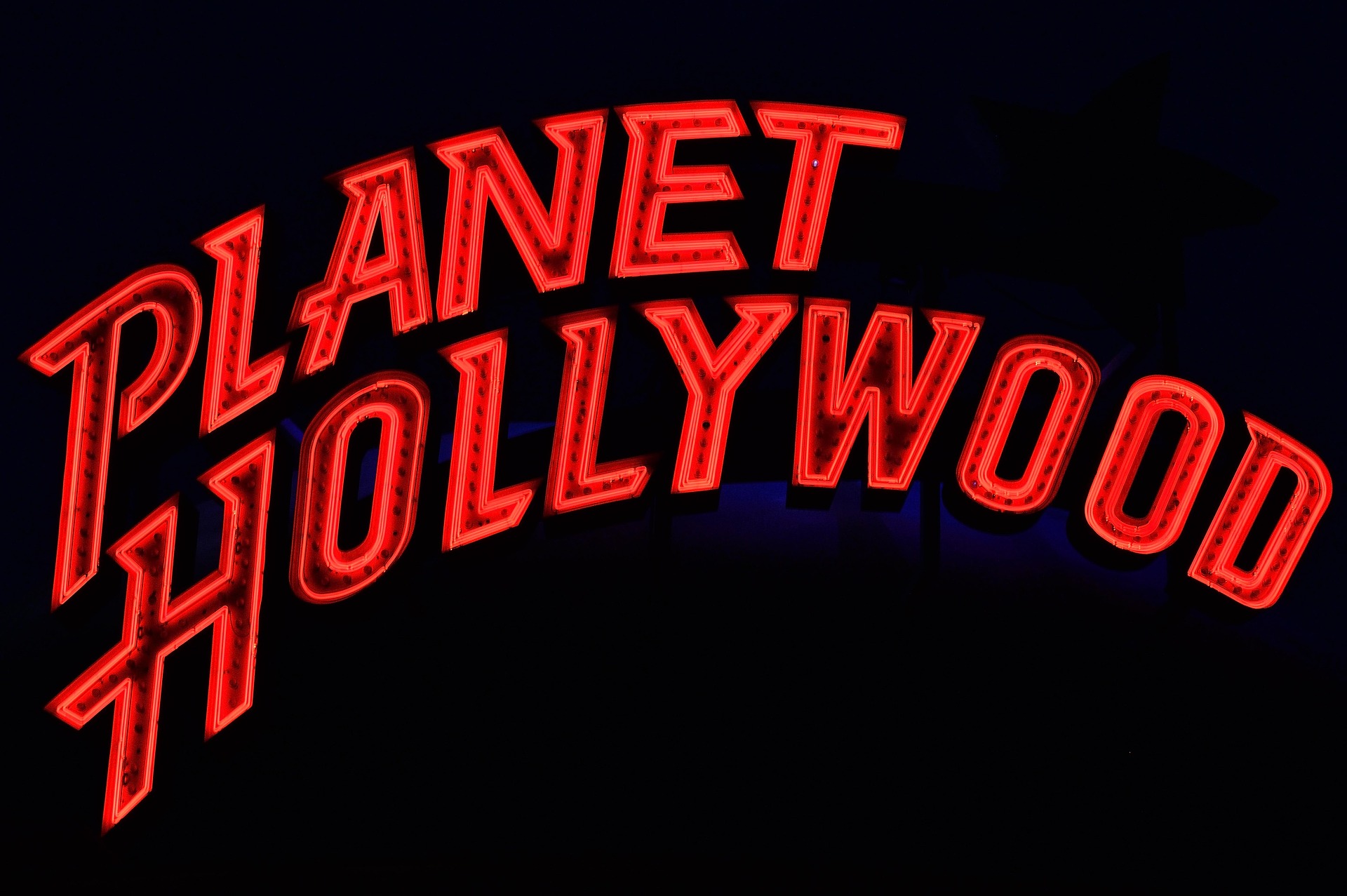Unlocking the Potential of Liberal Arts in the Digital Age
Historically, liberal arts have reigned supreme as a respected and advisable choice of study for individuals wanting well-rounded, versatile educational backgrounds. Rooted in Greco-Roman antiquity, the legacy of liberal arts provides a broad foundation that fosters critical thinking, creativity, and adaptability—attributes increasingly sought after in the tech-infused job market of today.

The Overshadowing Boom of STEM Subjects
Over the past few decades, several narratives have shifted education and career focus to STEM fields. Widely circulated is the notion that STEM careers are the only ones viable in the digital age. Despite these trends, there’s a resurgence in the appreciation for liberal arts as employers have awakened to the realization that technological expertise alone isn’t sufficient for innovation.
Dissecting Current Market Trends: The Need for Soft Skills
The rising digitization rates, artificial intelligence, machine learning, and evolving industries have propelled an unanticipated shift in employment trends. Employers increasingly value soft skills like critical thinking, creativity, communication and adaptability- traits traditionally nurtured by liberal arts education. These skills are now being deemed as crucial for navigating the complex, fast-paced, and ever-changing professional environments riddled with ambiguity and uncertainty.
The Interplay of Liberal Arts and the Digital Era: Meeting Workforce Needs
Liberal arts have a unique role in preparing the workforce to meet the challenges of today’s job market. First, they confer much-needed humanistic perspectives, fostering a capacity for critical thought, ethical reasoning, and concise communication. Second, they equip individuals with the ability to solve complex problems through interdisciplinary mechanisms. Third, they introduce an element of creativity into the realm of digital employment, a necessity for innovation and competitive differentiation.
The Long View: Why Liberal Arts Matter More Than Ever
Contrary to outdated views, a liberal arts education is not an impractical luxury but a strategic asset in the digital age. Forming a bridge between human creativity and technological capabilities, these studies allow for a uniquely human-oriented approach in a tech-dominated world. An infusion of liberal arts in the digital ecosystem can result in the creation and execution of groundbreaking ideas that marry humanity with technology effectively.
The celebration of liberal arts in our modern, digital-dominated workforce may seem counterintuitive. Yet, the intersectionality between technology and liberal arts illuminates new paths towards fostering ingenuity, humanity, and sustainable problem-solving at work. A refreshing change from the overemphasis on rigid technical skills, the blending of these fields brings forth invaluable skills and perspectives that can meet the growing complexity and demands of the contemporary job market.




